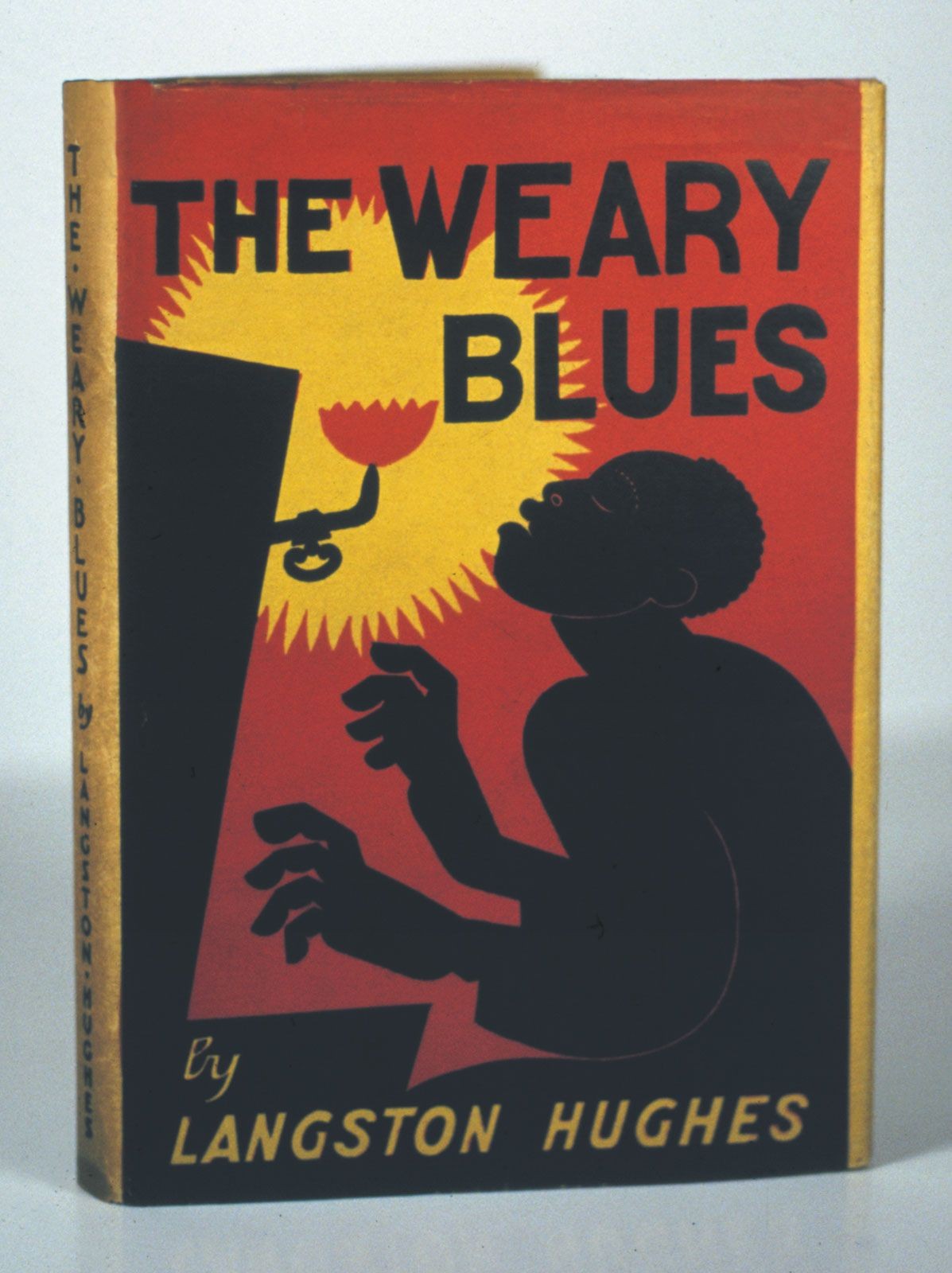The Harlem Renaissance stands as a pivotal epoch in American history, marking an extraordinary surge of African American artistic and intellectual expression. Flourishing predominantly during the 1920s and into the 1930s, this cultural movement redefined Black identity and left an indelible mark on the artistic landscape of the United States and the world. Often considered the golden age in African American culture, the Harlem Renaissance was more than just an artistic movement; it was a social and cultural revolution.
At its heart, the Harlem Renaissance was a powerful declaration of self-identity and cultural pride. It was a period when African American artists, writers, musicians, and intellectuals collectively sought to challenge racial stereotypes and reclaim their narrative. This era witnessed an unprecedented outpouring of creative works that celebrated Black heritage, explored the complexities of Black life in America, and advocated for social and political equality.
Key Aspects of the Harlem Renaissance
A Cultural and Artistic Explosion
The Harlem Renaissance was characterized by its diverse artistic expressions. Literature took center stage, with writers like Langston Hughes, Zora Neale Hurston, and Claude McKay producing groundbreaking works that explored themes of race, identity, and culture. Hughes, often hailed as the “poet laureate of Harlem,” captured the spirit of the era in his poetry and prose, while Hurston celebrated the rich folklore and traditions of the rural South. McKay’s writings often addressed issues of social injustice and racial inequality.
Beyond literature, the Harlem Renaissance permeated other art forms. Visual arts flourished with artists like Aaron Douglas, whose distinctive style became synonymous with the movement. Music experienced a transformative period with the rise of jazz and blues, genres that became integral to the Harlem Renaissance. Musicians such as Duke Ellington and Bessie Smith captivated audiences and contributed to the era’s vibrant nightlife and cultural scene, particularly at venues like the Cotton Club.
The “New Negro” Movement
The Harlem Renaissance was intrinsically linked to the “New Negro” movement, an ideology that promoted a renewed sense of racial pride, self-determination, and cultural consciousness among African Americans. This movement encouraged Black individuals to reject stereotypes, embrace their African heritage, and assert their place in American society. Alain Locke, a philosopher and writer, is often considered the intellectual architect of this movement, articulating its principles and aspirations in his influential anthology, The New Negro (1925).
The “New Negro” ethos permeated the art and literature of the Harlem Renaissance, fostering a sense of collective identity and purpose. It was a call for social and political change, advocating for civil rights and equality while simultaneously celebrating Black culture and aesthetics.
Social and Political Context
Several socio-political factors laid the groundwork for the Harlem Renaissance. The Great Migration, which saw a massive influx of African Americans from the rural South to the urban North, concentrated Black populations in cities like New York. This migration created a vibrant urban Black community in Harlem, providing a fertile ground for cultural and intellectual exchange.
World War I also played a significant role. African American veterans returned home with a heightened sense of racial consciousness and a desire for equality, having fought for democracy abroad while facing discrimination at home. The burgeoning civil rights movement, spearheaded by organizations like the NAACP and the National Urban League, provided institutional support for the artistic and political aspirations of the Harlem Renaissance.
Key Figures of the Harlem Renaissance
The Harlem Renaissance was propelled by a constellation of talented individuals who made lasting contributions to art and culture. Key figures include:
- Writers: Langston Hughes, Zora Neale Hurston, Claude McKay, Countee Cullen, Jean Toomer, Dorothy West, and Nella Larsen.
- Visual Artists: Aaron Douglas, James VanDerZee, Jacob Lawrence, and Augusta Savage.
- Musicians: Duke Ellington, Louis Armstrong, Bessie Smith, and Cab Calloway.
- Intellectuals and Activists: Alain Locke, W.E.B. Du Bois, Marcus Garvey, and James Weldon Johnson.
These individuals, among many others, collectively shaped the Harlem Renaissance, contributing to its multifaceted legacy.
The Decline and Lasting Legacy
The Harlem Renaissance began to wane in the late 1920s and declined significantly during the Great Depression of the 1930s. Economic hardship curtailed patronage and opportunities for artists and writers. However, despite its relatively short duration, the Harlem Renaissance left an enduring legacy.
It fundamentally transformed African American culture and its representation in American society. It paved the way for future generations of Black artists and intellectuals, influencing the Civil Rights Movement and subsequent artistic movements. The Harlem Renaissance remains a powerful symbol of Black creativity, resilience, and the ongoing quest for equality and cultural recognition.
In conclusion, the Harlem Renaissance was a transformative period in American history, a vibrant explosion of African American art, literature, and music that challenged racial stereotypes and celebrated Black culture. It was a movement that redefined identity, fostered pride, and laid the groundwork for future artistic and social progress, ensuring its continued relevance and significance today.
